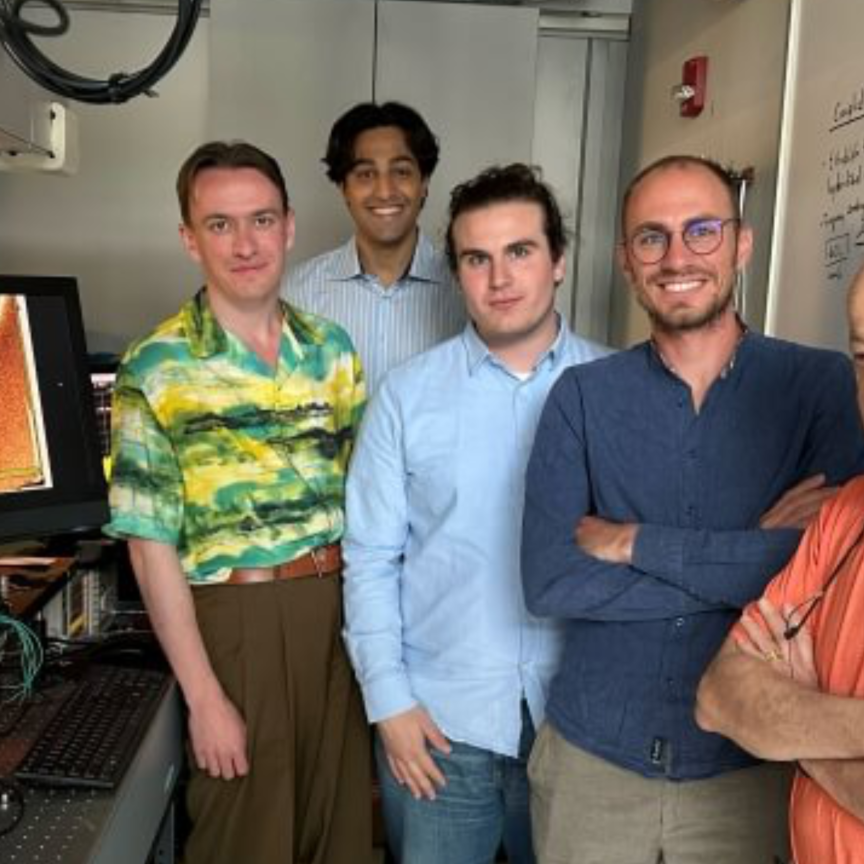By Ben Townsend
If the electromagnetic spectrum were a map, many would call the terahertz region uncharted territory. It is, at least, sometimes referred to as the 'Terahertz gap'.
The problem is that terahertz (THz) electromagnetic waves, which sit between the infrared and microwave bands, are very difficult to generate or detect.
The terahertz region sits painstakingly out of reach, especially when it holds such promise – in the future, according to researchers at the University of Exeter, “The THz region will be as useful as the microwave and infrared frequency bands are today.”
Now, however, things are looking up.
New advances in the field have led to encouraging solutions for generating and detecting terahertz waves, while recent breakthroughs have shown that this previously unexplored electromagnetic region is finally being brought to light.
These hopes are shared by scientists at the Technical University of Denmark (DTU), who are working with terahertz radiation for applications such as biomedicine, thanks to its ability to penetrate opaque objects without causing harm, as well as for various environmental and industrial imaging applications.
In the video below, Simon Jappe Lange from DTU gives Electro Optics an overview of his terahertz radiation project GLAZE, which is developing technology for the non-contact inspection of materials.
Watch the video below:
Talking about the project, Lange says: "We create terahertz technology, which is suited for industrial applications. That means ways of building technology that can emit and detector light at terahertz frequencies in a fashion where everyone can use it."
He adds: "When you build [terahertz technology], you start with an expensive laser that drives the generation and detection of terahertz. We replace this very expensive laser with very small diode-based lasers. That means we can then change the entire infrastructure inside the system such that it becomes way more compact and so you can build it mainly based on semiconducting components. We build scalable technologies in that sense."
Dr Tobias Buchmann, a Postdoc at the university, is also working with terahertz radiation in collaboration with Hamamatsu Photonics. His project focuses on developing terahertz detectors using a photomultiplier tube (PMT), which is designed for applications that require high speed, low noise, and high gain. The PMT he is working on can be made to have a large detection area.
In the video below, Buchmann shows Electro Optics around his lab at DTU and gives a technical overview of his project.
Watch the video below:
He says: "We are trying to develop new detector types for terahertz radiation, which has typically been very complicated, due to the fact that terahertz radiation is at such a low frequency and low energy that existing technologies known from visual light or infrared frequencies are not applicable."
Talking about the terahertz photomultiplier tube prototype, Buchmann adds: "We circumvent the problem that the energy of the terahertz photons is far too low to drive any photo effect. We shine the light onto a metasurface, which enhances the electric field of the terahertz light wave and the electric field leads to quantum tunnelling."

The photomultiplier tube prototype that Dr Tobias Buchmann is working with at DTU (Image: Hamamatsu Photonics)
In terms of applications, Buchmann says: "It can sense very small changes which affect the terahertz electric field on a minuscule scale... This would be very useful for spectroscopy to sense tiny traces of gas, maybe a poison or a leak in an underwater reservoir."
He goes on to list applications in chemistry and drug detection, as well as doping in the semiconductor industry.


